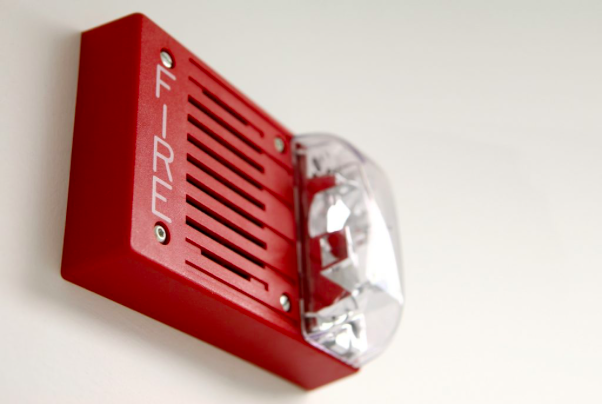by Nigel Hilton
Image Source. Licensed under Creative Commons.
Health and safety isn’t something you can afford to skimp on. Most people know to guard against the obvious hazards, but sometimes other dangers can get overlooked. In fact, many companies get so caught up meeting legal requirements that they forget about the real dangers. Here are just four workplace health and safety mistakes to avoid.
You’ve got a first aid kit – but you don’t keep it stocked up
OSHA regulations require any business with three or more employees to stock a first aid kit, and recommends that at least one of your employees is trained in first aid with the help of something like these Skills Training Group: First aid courses. Most companies follow this regulation, but a lot of companies fail to then keep this first aid kit stocked up. This may not be much of a concern in some workplaces in which injuries are rare. However, in some places involving manual labour small injuries may be more common and you could find that one day someone needs a band-aid or bandage and there aren’t any left, because nobody stocked it up! This guide at the Chron website offers more information.
You’ve got a fire alarm – but you’ve never tested it
A lot of companies similarly have a fire alarm, but they’ve never actually tested it to see if it works. This could be particularly the case if you’ve moved into an office with a pre-exisiting alarm. Check the alarm works – if it doesn’t, installing a new fire alarm system could be a priority. Make sure that your fire alarm system is suited to your workplace. There are advanced fire alarm systems on the market as found at sites like this MeshWrx website. Having the right fire extinguisher is also important and worth looking into.
You’ve got emergency plans in place – but your employees aren’t trained in how to implement them
When it comes to emergencies such as fires and armed robberies, make sure to have plans in place and drill them with your staff. Too many employers have emergency plans that aren’t shared with employees so that nobody actually knows how to react in an emergency. This could be necessary if you’re not always in the office. It your employees need training.
Image Source. Licensed under Creative Commons.
You supply safety equipment – but you don’t enforce that it be worn
In many industries, it is compulsory for certain items of safety equipment to be supplied by an employer. However, it is not a legal requirement for workers to wear this protective equipment. This can sometimes lead to employees refusing to wear safety equipment that is provided. Making a company rule to enforce that this safety equipment is worn could ensure that nobody gets injured because they didn’t wear the safety equipment provided. It may seem silly to have to do this, but it could cover you legally.
You offer safety against immediate injuries – but not RSIs
Most businesses successfully guard against immediate injuries such as trip hazards and sharp edges. However, more long term injuries such as RSIs (repetitive strain injuries) can often be overlooked. With many companies now facing lawsuits from ex-employees for RSIs, it’s important that you consider these injuries. Protection measures such as enforcing regular breaks for manual repetitive tasks and using machines with grips that prevent vibrations could prevent RSIs. This article atMedical News Today offers more information.



